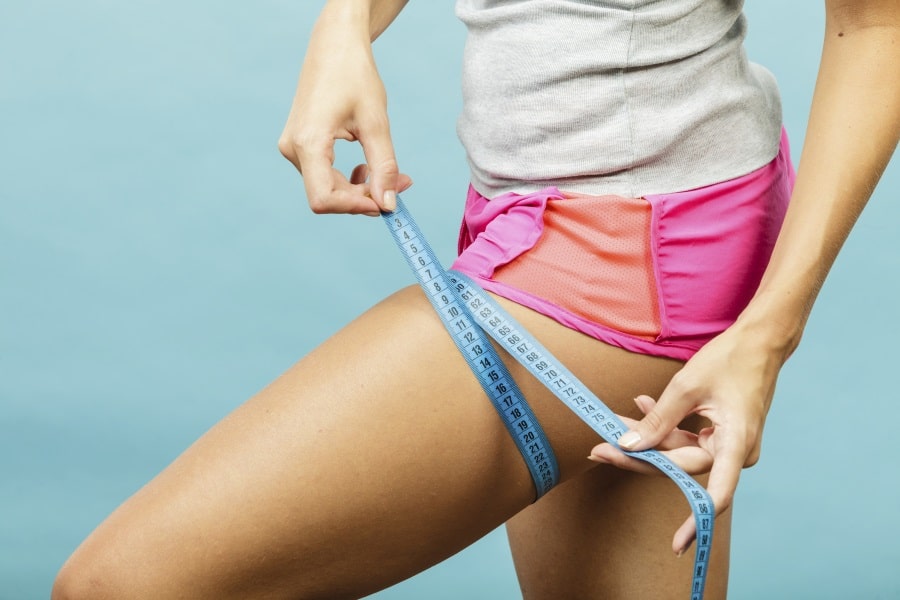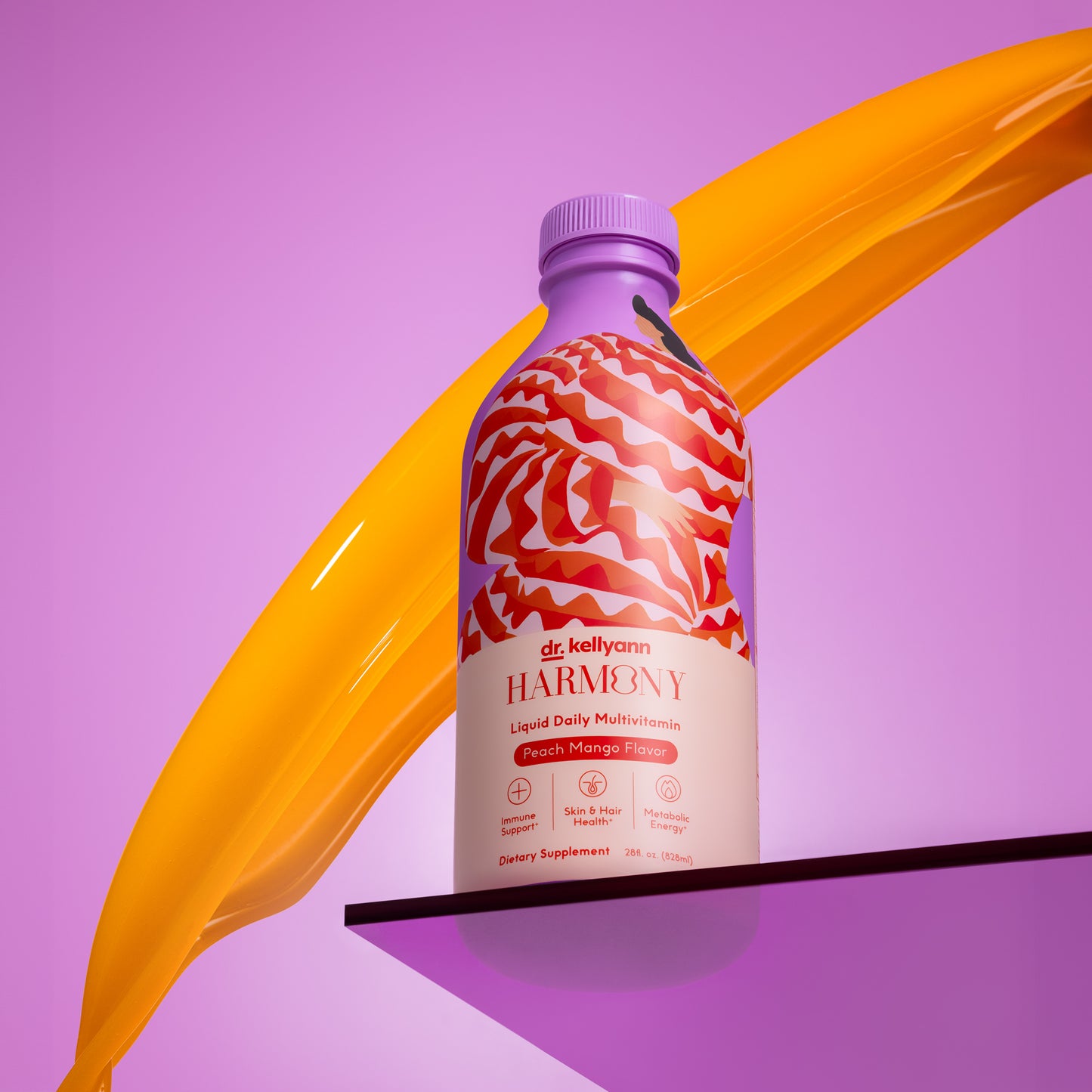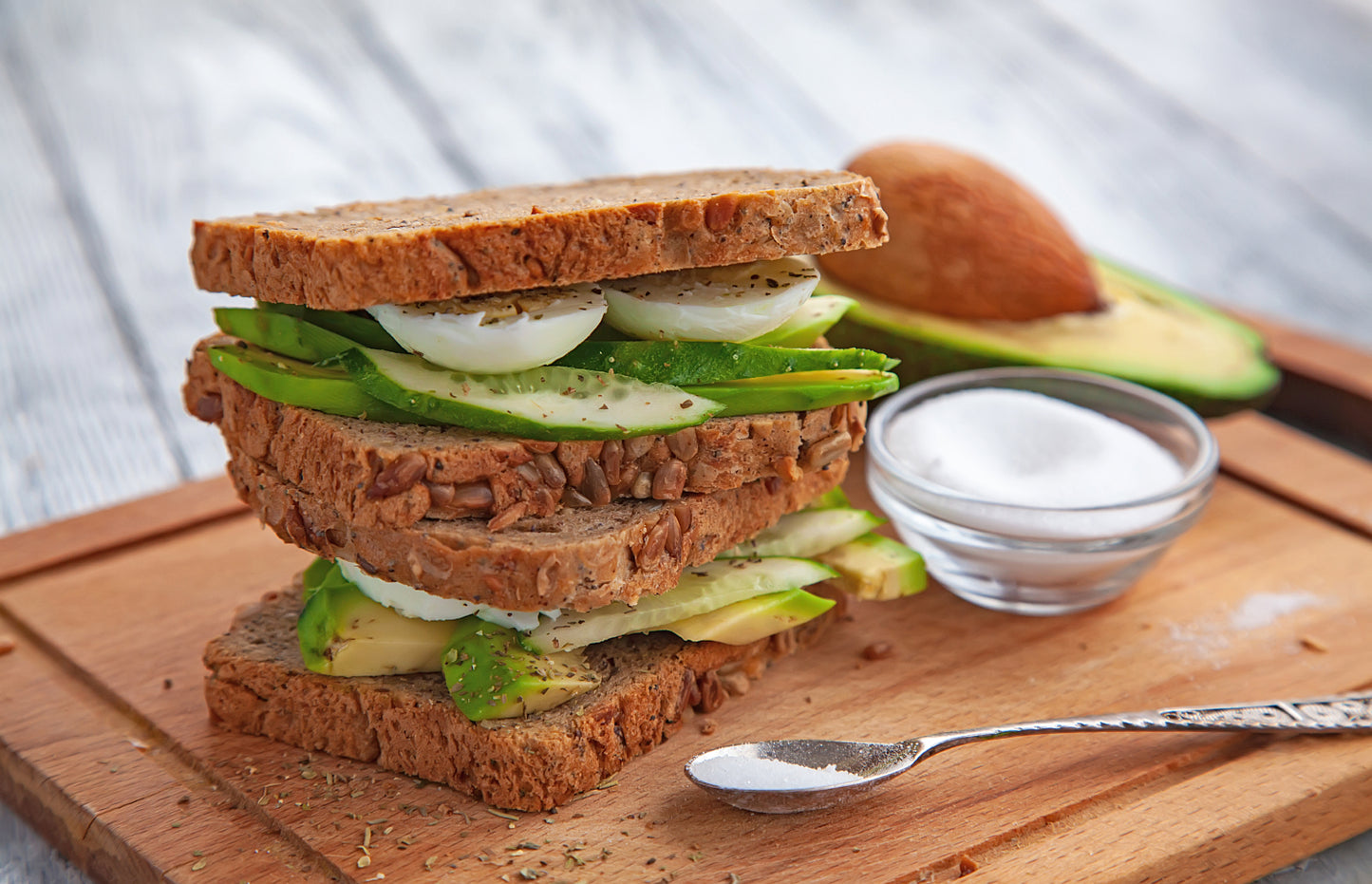
How to Get Rid of Cellulite
Have you heard the myth that you can’t get rid of cellulite? Well, it’s just that: a myth! The truth is that cellulite is just fat—and with a little work, you can banish it from your life. Here’s the deal. As you age, you lose firm muscle mass and replace it with fat. That soft, squishy fat bulges out, giving you those cottage-cheese thighs. In addition, your skin loses collagen as you get older, so it can’t rein in your fat as tightly as it once did. Here are three simple secrets for getting rid of that ugly cellulite: lose your extra fat, strengthen your skin, and build firm muscle.
What Is Cellulite?
Cellulite is a skin condition that can affect both men and women, though it is more common in females due to the different distributions of fat, muscle, and connective tissue. It manifests as a dimpled, lumpy appearance, often compared to the texture of orange peel or cottage cheese. It's most prevalent in areas with significant fat deposits, such as the buttocks, thighs, and abdomen.
Cellulite forms when fat cells accumulate under the skin and push against the surface while the fibrous connective tissue (septae) tether the skin to underlying muscle layers, causing an uneven, dimpled appearance often referred to as “stretch marks.”
The skin's elasticity plays a crucial role in the appearance of cellulite. Healthy skin can mask irregularities and keep fat cells tightly secured, but as skin loses elasticity with age, these irregularities become more visible.
It's important to understand that having cellulite is completely normal and isn't a sign of being overweight. Even lean individuals can develop cellulite, and its visibility can be influenced by factors such as skin thickness and color.
What Causes Cellulite?
The exact cause of cellulite is unknown, but it's believed to result from a combination of factors including genetics, hormonal factors, lifestyle, and the build-up of subcutaneous fat.
- Genetics: Some people are genetically predisposed to developing cellulite, possibly due to traits like gender, race, slow metabolism, fat distribution, and circulatory insufficiency.
- Hormones: Hormones play a significant role in cellulite development. Estrogen, insulin, noradrenaline, thyroid hormones, and prolactin can all affect the production and breakdown of fat cells.
- Lifestyle factors: Sedentary lifestyle, stress, and an unhealthy diet can contribute to cellulite. Lack of exercise can also decrease blood flow, leading to more fat storage and less fat breakdown.
- The build-up of subcutaneous fat: When excess fat is stored in the subcutaneous layer, it can push against the skin, creating the dimpled appearance associated with cellulite. This is why weight gain is often associated with the development or increased visibility of cellulite, and weight loss can help improve its appearance.
- Skin condition and age: As we age, the skin tends to lose its elasticity and collagen production slows down, leading to thinning skin over time. Thinner skin can make cellulite more noticeable.
- Water retention and poor lymphatic drainage: These can cause a build-up of toxins, which can damage collagen and elastin fibers, leading to cellulite.
How Can You Minimize the Appearance of Cellulite?
The first step toward conquering your cellulite is to lose your extra pounds on my Bone Broth Diet. As you take off that weight, you’ll reduce the stores of fat on your butt and thighs.
The second step is to strengthen your skin—and here again, my diet can do the trick. Intermittent fasting with bone broth will load you with the building blocks of collagen, rejuvenating your skin so it can keep your fat under better control.
The third step in your cellulite-blasting plan is to build lean muscle—and you can do this with targeted exercises. Here are five powerful and simple exercises that will firm your butt and thighs.
Lunges
Lunges work your quads, hamstrings, and glutes. To do a lunge, start with your feet together. Step forward with one leg and lower yourself until both of your knees are at a 90-degree angle. Be sure your front knee is above your ankle and doesn’t move ahead of your toes at any time. Return to your starting position, and repeat with the opposite leg.
Pelvic Curls
This exercise hits your glutes and inner thighs. To do it, lie on your back with your knees bent and your feet touching the floor. Slowly raise your lower back and pelvis and hold, squeezing your butt and inner thighs. Lower yourself to your starting position, and repeat. For an even bigger cellulite burn, squeeze a pillow or exercise ball between your thighs as you do this exercise—or do a one-legged lift, holding the other leg straight up in the air.
Pony Kicks
This exercise gives the backs of your thighs a serious workout. To do it, start on your elbows and knees. Keeping your back straight, raise one thigh as high as you can, keeping your knee bent and pointing your heel up. Hold for five seconds. Keep lowering and raising your thigh until you get a good burn, then repeat on the other side.
Circle Time
Your outer thighs will love this exercise. To start, stand up straight with your feet shoulder-width apart. Balance on one leg, and lift the other leg behind you, pointing your toes. (Use a chair for balance if you need to.) Be sure not to arch your back. Draw clockwise and counter-clockwise circles with your toes until you really feel the burn. Repeat on the other side.
Squats
This classic exercise is one of the best all-around cellulite crushers. When you do a squat, sit back on your heels, keep your back straight, and don’t let your knees move ahead of your toes. The best way to keep good form is to pretend that you’re sitting back into a chair.
When you tackle cellulite with my triple-punch of exercise, diet, and bone broth, I’m confident that you’ll start seeing a difference within weeks. Keep it up, and you’ll see a much bigger difference after several months—and by next swimsuit season, you won’t believe how amazing you look. So take heart: That cellulite is a temporary problem, not a life sentence!
Keep thinking BIG and living BOLD!
Massage
Massage can support lymphatic drainage and encourage blood flow, helping to flush out the build-up of toxins and potentially diminishing cellulite. Dermatologists often suggest dry brushing, a form of skin exfoliation and massage, to encourage blood flow and remove dead skin cells.
Body Wrapping
Body wrapping, often combined with topicalcreams or lotions, can temporarily reduce the appearance of cellulite. These wraps often contain active ingredients like retinol and caffeine, which can help the skin look smoother. While the results from body wrapping are typically short-lived, they may provide a temporary solution for a special event or occasion.
Laser Treatment
Several FDA-approved laser treatments, such as Cellulaze and Cellfina, offer promising results for cellulite reduction.
- Cellulaze involves inserting a tiny laser under the skin to break up the tough bands of connective tissue that cause dimpled skin. It also encourages collagen production for skin elasticity.
- Cellfina, on the other hand, uses subcision, a minimally invasive technique that cuts the fibrous bands pulling down the skin, leading to a smoother skin surface.
While these treatments can be effective, they require consultation with a dermatologist or trained professional and can be more expensive than other treatment options.
Detoxes
Detoxes are another way people attempt to reduce cellulite. This process generally involves eating a healthy diet, getting plenty of hydration, and potentially taking some supplements to support the body's natural detoxification processes.
Lemon Sips is an easy and convenient detox drink that can help support your health while encouraging weight loss. Lemons contain enzymes that can aid digestion and support liver function, thus encouraging detoxification.
There are also specific supplements, like BellaBiotics, which can help with detox and cellulite. Bellabiotics is a supplement containing probiotics that can support gut health, encouraging better digestion and absorption of nutrients.
It's important to note that while detoxes can support a healthier lifestyle, they are not a guaranteed cure for cellulite.
Radiofrequency
Radiofrequency is a non-invasive treatment that uses energy waves to heat the skin and support collagen production, thereby minimizing the appearance of cellulite. Skincare professionals often combine this with other treatments for more effective results.
Cellulite FAQs
1. Can Losing Weight Get Rid of Cellulite?
Weight loss can sometimes help minimize the appearance of cellulite, but it's not a guaranteed solution for everyone. This is because cellulite forms when fat cells push against the skin over the fibrous connective tissue bands, creating a dimpled skin appearance.
If you lose weight and decrease body fat, there may be less pressure on these bands, and your skin might appear smoother.
However, cellulite is also influenced by factors like genetics, hormones, and age, so it can persist even with weight loss. Furthermore, if weight loss is drastic or rapid, it could potentially lead to loose skin, which may make cellulite appear more pronounced.
That’s why a balanced approach to weight loss, focusing on overall wellness and incorporating strength training and cardio for muscle tone and health, is often the most helpful.
2. Can Cellulite Go Away Naturally?
Cellulite is a natural phenomenon related to how the body stores fat, especially in women, and it's influenced by various factors, including genetics, hormones, lifestyle, and diet.
While it can't exactly "go away" naturally, certain natural treatments may improve its appearance. Regular exercise, maintaining a healthy diet, staying hydrated, and using topical treatments like cellulite creams or a coffee scrub could potentially help fade its appearance.
3. What Is Not Recommended for Getting Rid of Cellulite?
Certain treatments that may seem like quick fixes for cellulite are not generally recommended by professionals. For instance, injectable treatments, like those promising to break down fat, aren't widely supported due to their potential side effects and varying results.
For example, liposuction was once believed to be a solution for cellulite, but dermatology experts now caution against it for cellulite treatment. This surgical procedure is more effective for removing deep fat deposits, not the subcutaneous body fat associated with cellulite. In fact, liposuction might even make cellulite appear worse by creating more depression in the skin.
Similarly, body contouring procedures should be approached with caution. While some people report an improved appearance of cellulite after these treatments, results vary, and procedures can be costly.
Lastly, be wary of any product or treatment that promises a quick, miracle cure for cellulite. Cellulite is a common skin condition, and its treatment typically requires a sustained, multifaceted approach.
The Bottom Line
Cellulite is a natural and widespread condition that many individuals experience, and there's nothing wrong or unhealthy about having it. However, if its appearance bothers you, there are ways you can manage and address it.
A combination of a balanced diet, regular exercise, and perhaps some supplements can help. Just remember that each body is unique. What works best for you will depend on various factors, and it's always wise to consult a healthcare professional or a dermatologist for advice tailored to your needs.
In the quest for smoother skin, remember to be patient with yourself and your body. Improvements take time, but a holistic approach that promotes overall wellness can help, contributing not only to the appearance of your skin but also to your overall health and well-being.
Sources:
Insights Into the Pathophysiology of Cellulite: A Review | PMC
The Truth About Dry Brushing | Cleveland Clinic
Cellulite: A Cosmetic or Systemic Issue? | PMC
Radiofrequency Ablation | NCBI Bookshelf
Unfavourable Outcomes of Liposuction and Their Management | PMC







